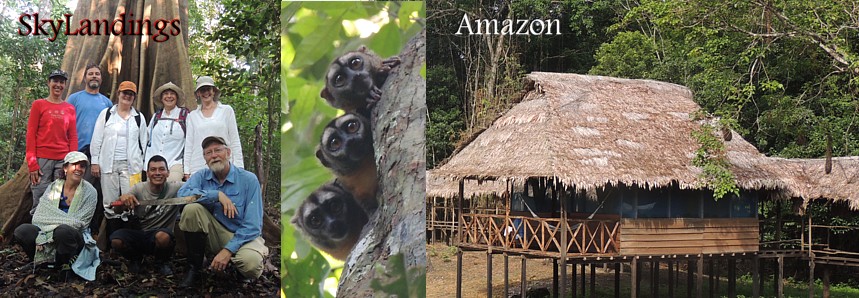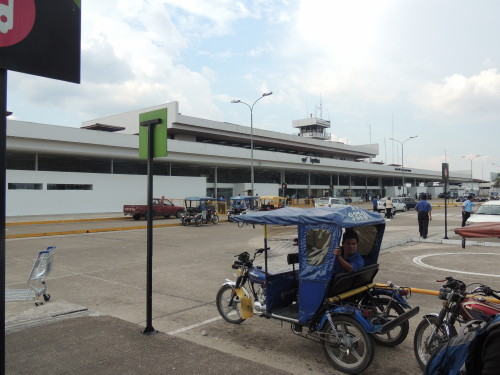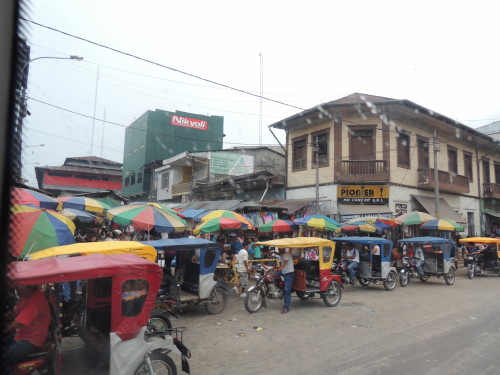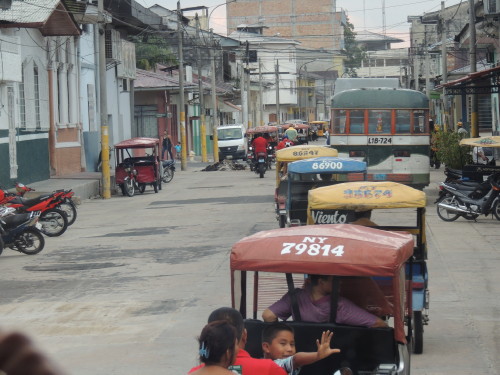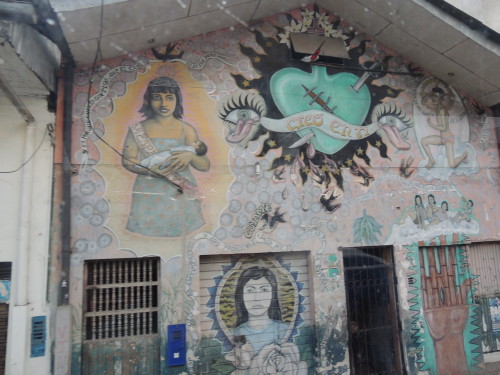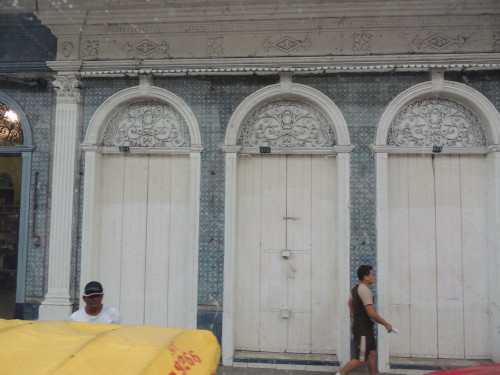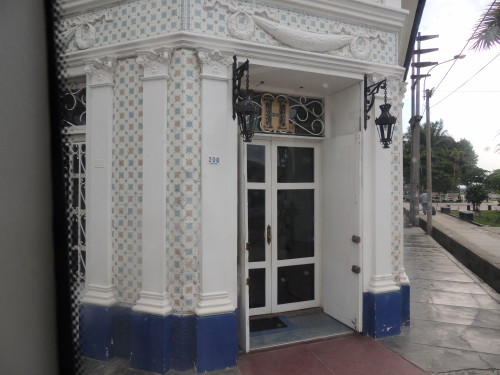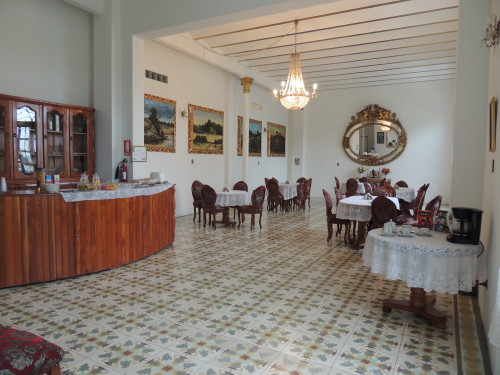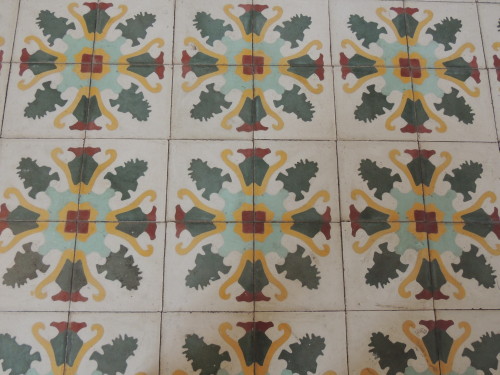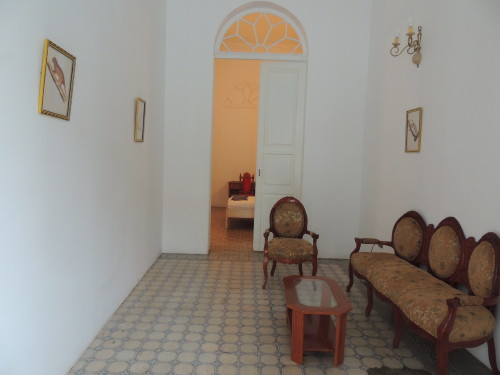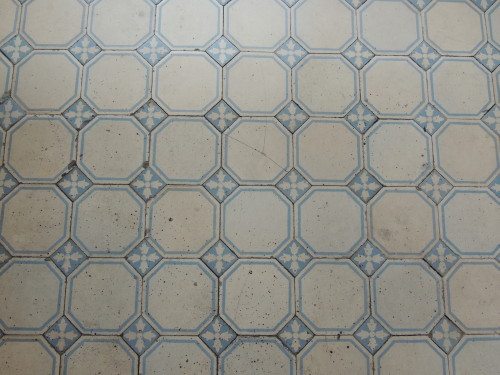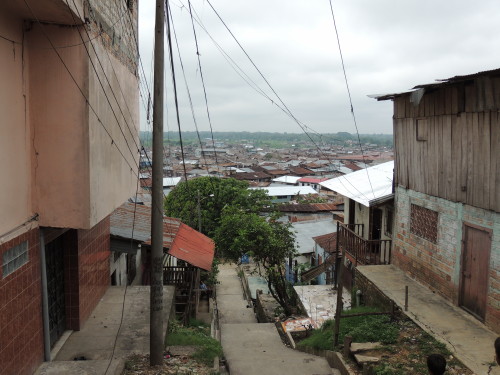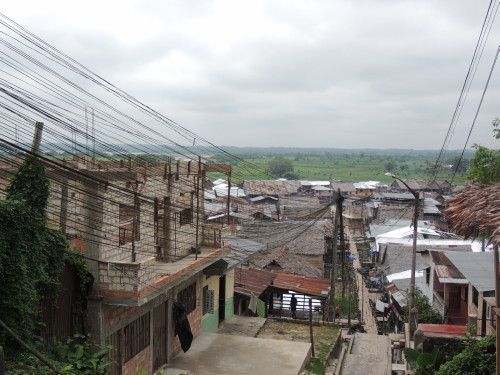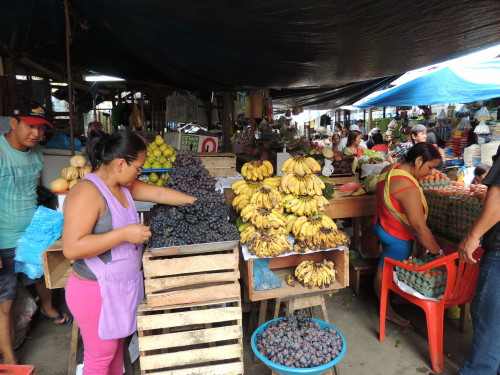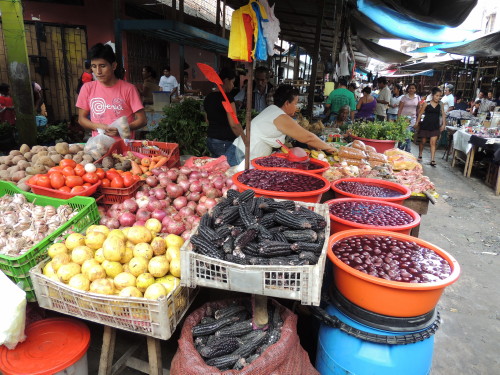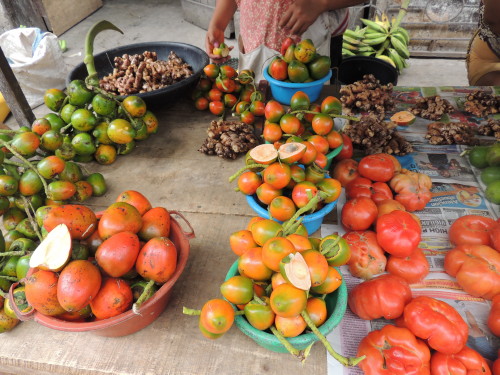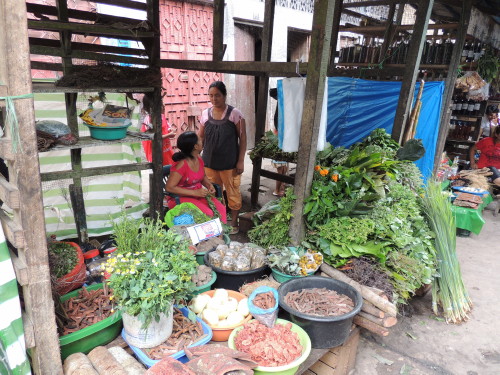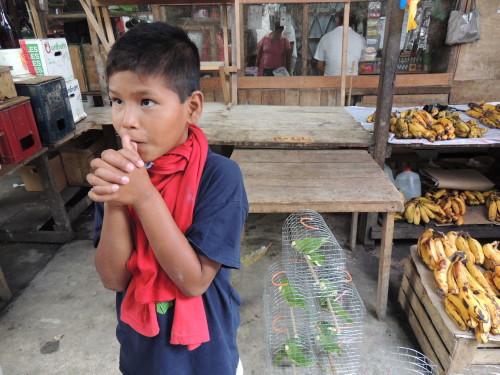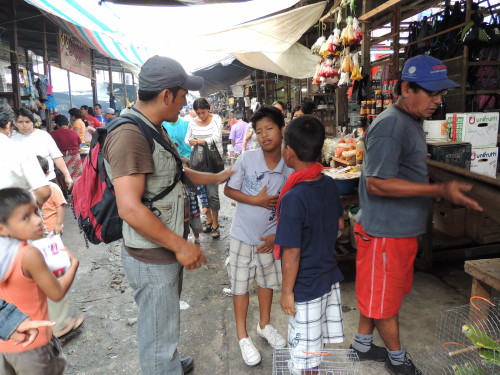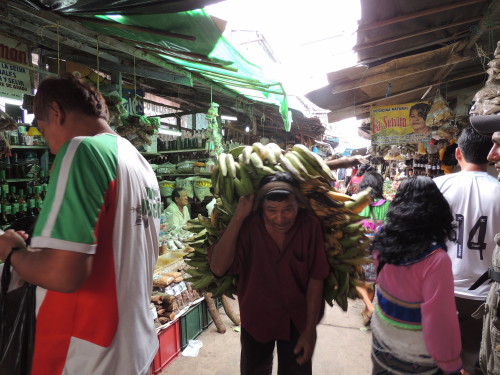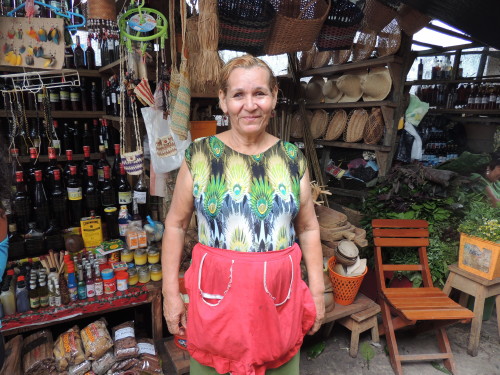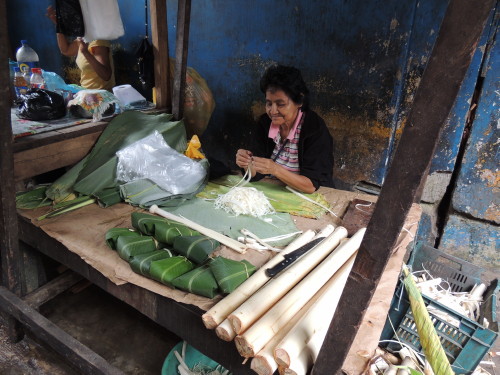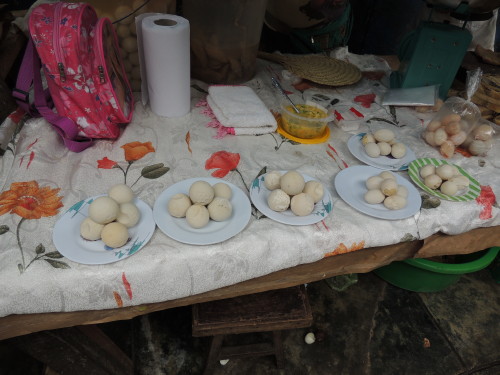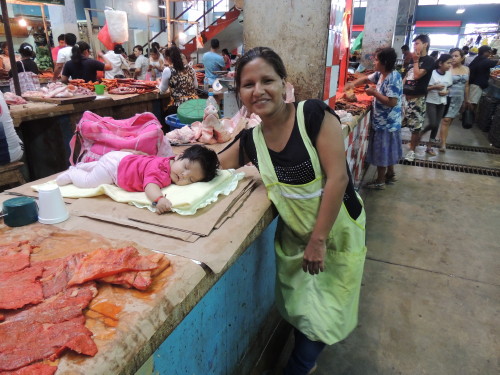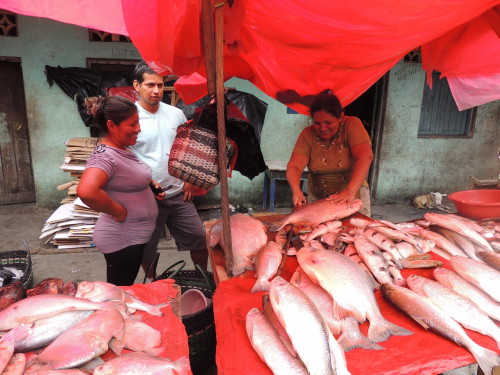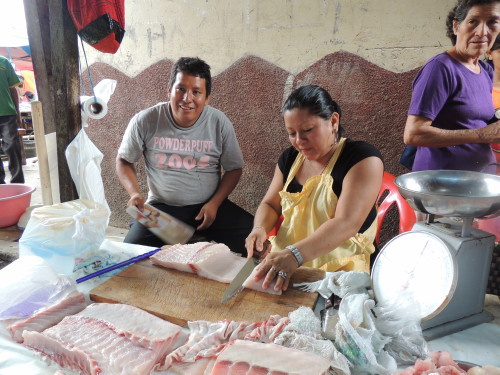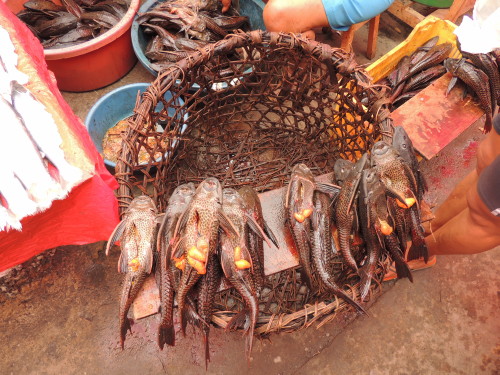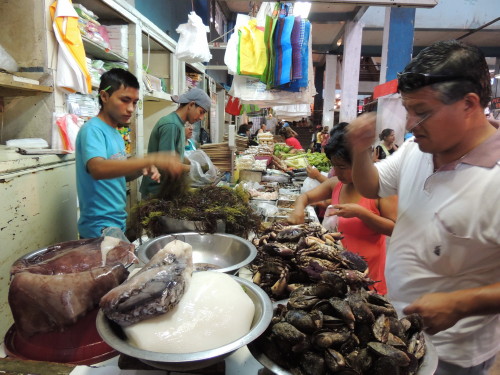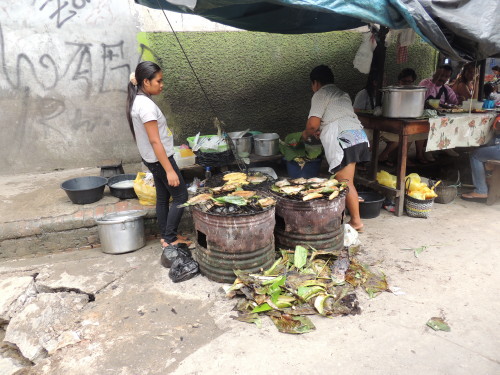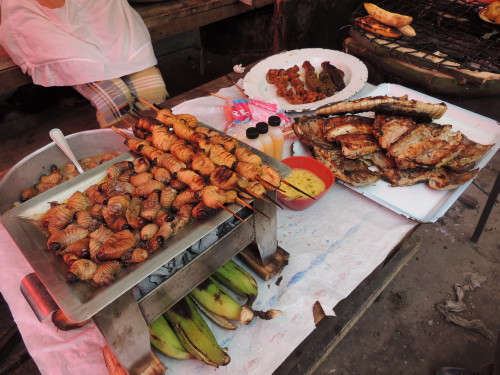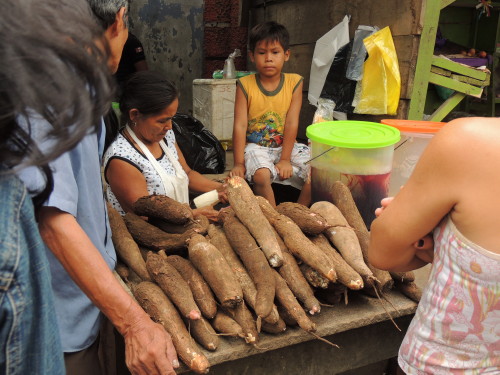Iquitos
To begin the Amazon rainforest extension of my trip I flew from Lima to Iquitos. Upon arrival in Iquitos, the Capital of the Peruvian Amazon, the weather was humid and warm with temperatures in the low 80s (oF). Iquitos is located in the heart of the Peruvian rainforest, less than 4° south of the equator, and alongside the bank of the Amazon River in northeastern Peru. The city can be reached only by plane or boat, with the exception of a road to Nauta, a small town some 100 km (62 mi) south. Iquitos is the largest landlocked city in the world. With nearly 1/2 million residents it is Peru's sixth largest city.
Iquitos is a noisy, bustling and congested city. During my very short stay I had a blast zooming about the city in a three-wheeled motorcar and visiting the Belen open-air market situated on the city's southeastern edge along the Itaya River. A couple of nuevo soles can get you about anywhere in the city by motorcar, the primary mode of transportation here. I think there are some 20,000 of these vehicles buzzing about the city at any given time. Understanding the traffic rules is a challenge, but, to be fair, I didn't see any accidents.
The rubber boom (1880-1912) spurred tremendous growth in Iquitos. Evidence of the immense wealth, enjoyed by a select few during the boom, can be seen throughout the city in the ornate architecture of the mansions once owned by the rubber barons. These mansions were constructed almost exclusively of materials shipped in from Europe. Many of them are faced with exquisitely painted azujelos or ceramic tiles imported from Spain and Portugal and have lavish mahogany and tiled interiors.
Just a few blocks from the Plaza de Armas, the city's main plaza, down on the river front is Belen, Iquitos' floating neighborhood and market. Because I traveled in September, during Peru's dry season (June through November), the thatched-roof shacks of the floating city were grounded in a mudflat. I was told the water level can fluctuate as much as 40 feet from the low to the high water season (December through May). The city itself receives an average of some 260 cm (102 in) of rain per year.
I spent an hour or so in the market at the edge of the waterfront. It was filled with hundreds of stalls with vendors selling an incredible variety of products including tropical fruits such as maracuyá (passion fruit), aguaje (Mauritia flexuosa palm fruit), bananas, plantain, cocona (Solanum sessiliflorum), camu camu (Myrciaria dubia) and ungurahui (Oenocarpus bataua palm fruit), vegetables, chonta (heart of palm), herbal medicines, fish (i.e., paiche, paco and gamitana, the later are both close relatives of the piranha), chickens, pork, CDs and clothing.
Accommodations: Casa Morey; Tasty Dining: Casa Morey offers a full buffet breakfast of fresh fruits, breads, egg dishes and various beverages; Buccaneer; El Meson
Click on image for slideshow and captions


